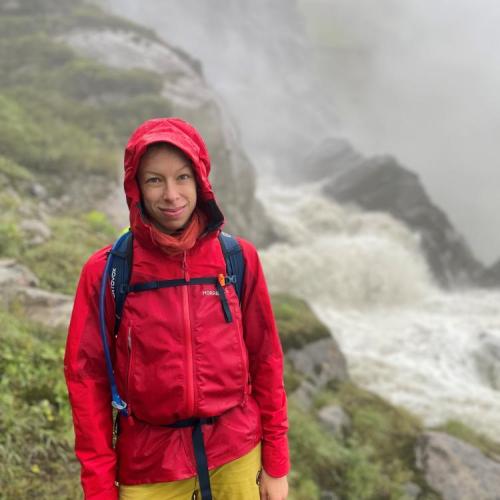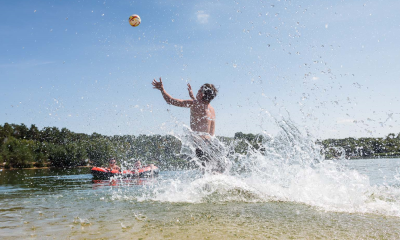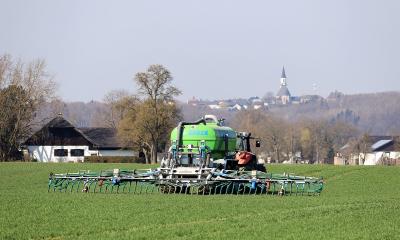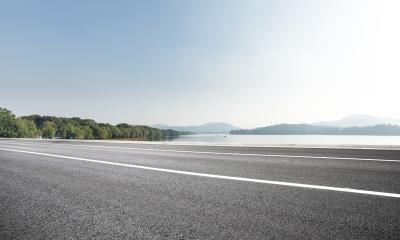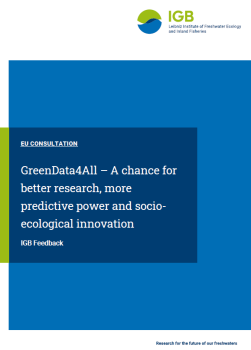River System Modelling
Group profile

Nutrient fluxes in the Danube river basin modelled with MONERIS. | Image: Markus Venohr / IGB
Our working group explores the quantification of nutrient fluxes in large river systems. Large gradients of anthropogenic activities, human induced pressures and their effects on aquatic ecosystems arise from the source to the mouth and between different river systems. This enables us to derive interrelations that often remain hidden at smaller scales (e.g. consideration of a single brook). Our analyses and models are designed to integrate interrelations for the entire catchment area, forming the scientific basis for tackling application-oriented issues.
The working group, consisting of geographers, geo-ecologists and biologists, deals with the following thematic areas:
Process-oriented assessment and quantification of sources and drivers of nutrient and sediment emissions – Human activities change landscapes as well as matter and water fluxes. How have they changed from early industrialisation to the present, and what future impacts can we expect from global change?
Modelling of instream transformation and retention processes – Empirical analysis of the bio-availability of nutrients and the modelling of eutrophication processes. What spatio-temporal patterns do nutrient emissions exhibit? To what extent do amount and distribution of emissions, shading, water temperature and flow regulation govern eutrophication within large river systems?
Analysis of the effects of altered hydrology, increased sediment and nutrient emissions, and degraded hydromorphology on aquatic ecosystems – How do these stressors interact, and from which point do they have a negative impact on the ecological condition of freshwaters? Do all stressors have to be reduced to an equal extent, or can good ecological status be achieved by removing just one stressor?
Consideration of rivers as socio-ecological systems – What is the connection between the quality of aquatic ecosystems and their appeal for leisure activities? What dynamics and spatial distribution apply to recreational uses? How can recreational use, objectives of nature/environmental protection and management aspects be intelligently combined?
Methods and model development – Knowledge from the different thematic areas and scales is incorporated into the development of various models: nutrient emissions, retention and loads (MONERIS), growth and transport of algae (PhytoBasinRisk), multi-stressor analysis at the EU level (Scenario Analysis Tool - SAT).

Orthophotomap of Kharaa river as an example for biomonitoring of riparian and river meadow vegetation (degraded river meadow, river bank erosion and river less impacted islands). | Image: Martin Oczipka
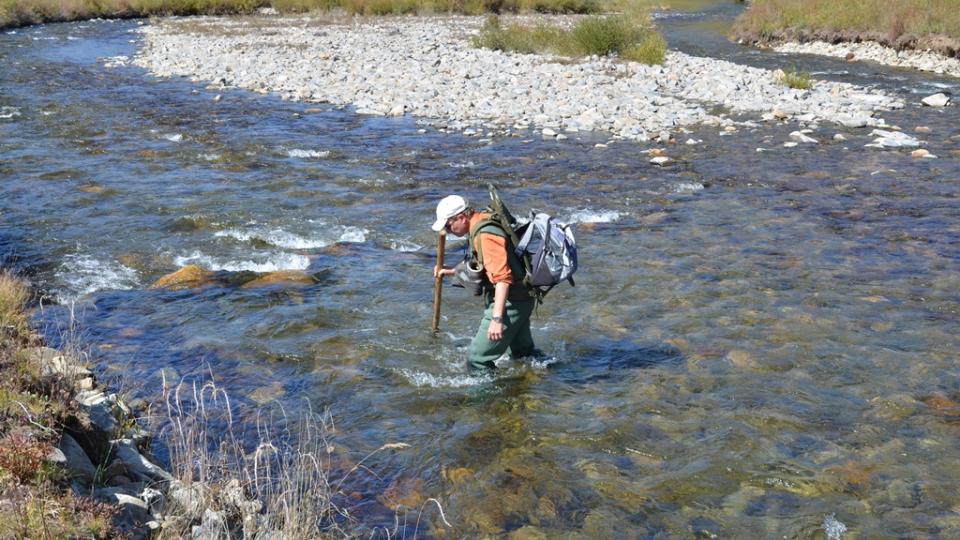
Research in the headwaters of Kharaa river as an example for water quality monitoring of natural reference conditions. | Photo: L. Menzel
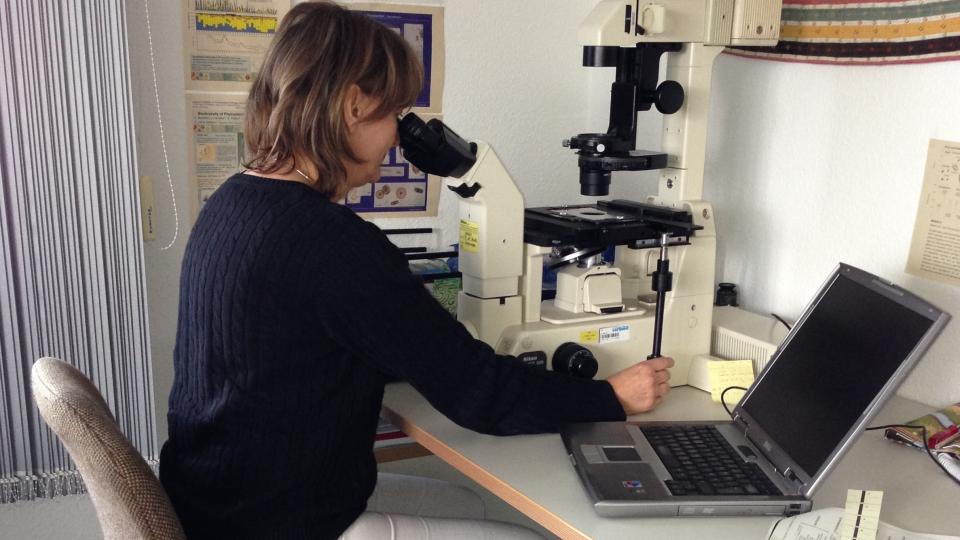
Using a microscope to analyse water samples. | Photo: Jürgen Hofmann / IGB
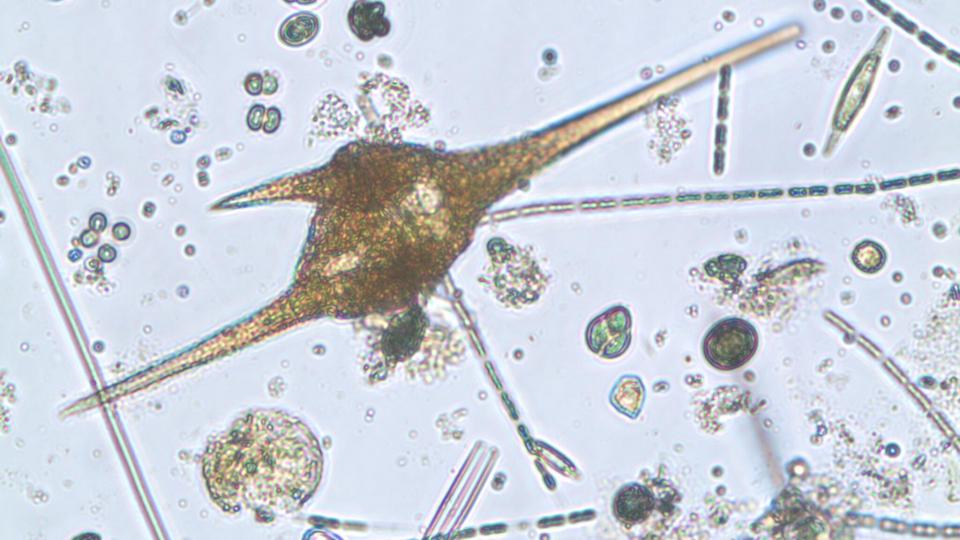
Planktonic algae under the microscope – centre: dinoflagellate Ceratium furcoides. | Image: Ute Mischke / IGB
Taking soil samples in the Sao Francisco catchment in Brazil. | Photo: Peter Fischer / IGB
Group members
Alumni
Mathias Gadegast
Gilles Jean-Louis
Dr. Stephanie Natho
Dr. Simone Podschun


